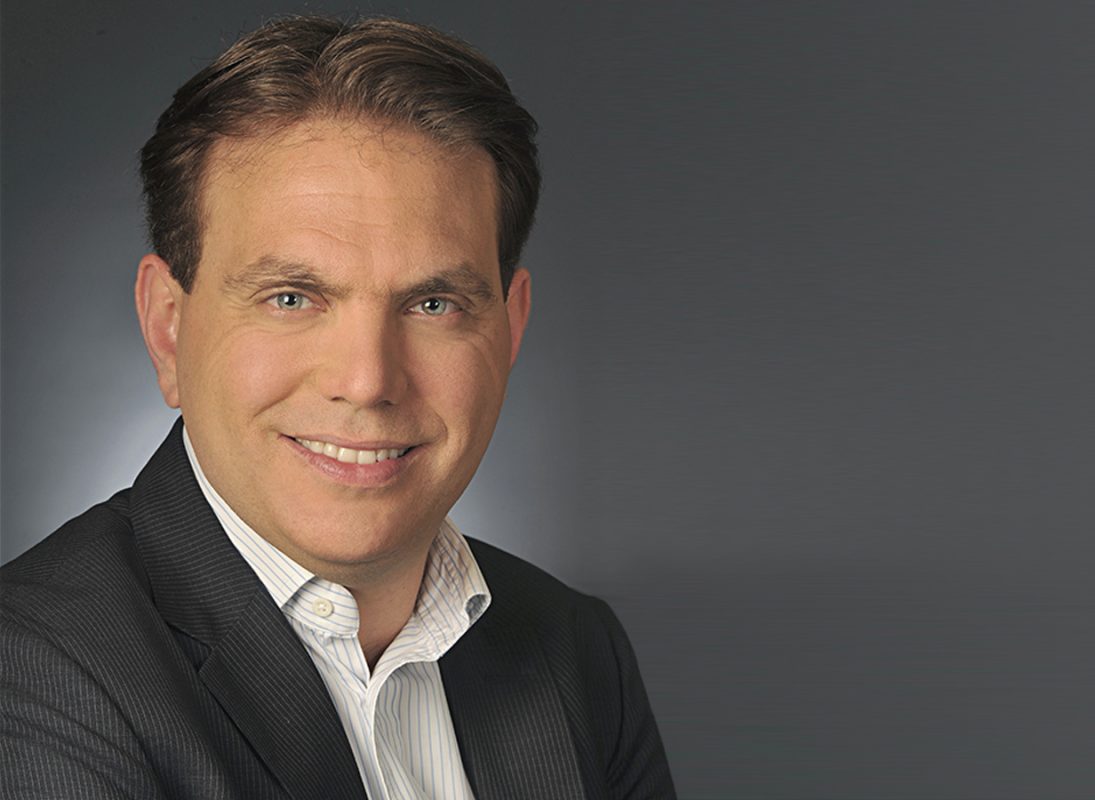November 3, 2020
By: Doron Besser
Chief Executive Officer of ENvizion
Prospective nurses each year complete their post-secondary degrees and training, soon to start their careers in clinics and hospitals. As a part of their training in the basics, many learn to properly place feeding tubes.
Perhaps shockingly, some do not.
Around the world, 22 million feeding tubes are placed each year, six million of which are in the U.S. When a tube isn’t placed properly, it may end up in the trachea or primary bronchi. Such misplacements can have disastrous if not outright fatal results, whether infection or even drowning the patient with nutritional fluids. Nevertheless, as Avery L. Smith et al. note in a Baylor University Medical Center study, “This assumption of safety from life-threatening injury is so widely accepted that blind insertion of feeding tubes is routinely performed by nurses who are not required to obtain specific certification for this procedure.”
If enteral feeding tube placement can have fatal consequences, shouldn’t it be a given that proper training and certification be required of nurses or any support staff performing it?
Placement is paramount
In critical illness, a patient’s feeding behaviors change: they may experience physical obstruction to swallowing or an inability to ingest food. This calls for nurses’ attention to be focused on the provision of alternatives to oral intake through feeding tubes, which are routinely inserted blindly for the sake of time during intense resuscitation or monitoring. Much of the importance of administering nutritional ICU support correctly revolves specifically around placement since it is a process that carries with it many potential dangers.
“In our hospital and probably also in many others, it has therefore become standard care to insert nasogastric tubes blindly (i.e., without fluoroscopic guidance) at the ICU bedside,” according to a participant in the Baylor Medical Center study. ”Traditionally, the general consensus has stopped short of directly linking incorrect placement with death. “Although it is well recognized that tube misplacement can occur with this procedure, blind insertion is assumed to be safe—that is, not result in life-threatening complications.”
This assumption is quickly losing credibility.
Even when incorrect placements don’t lead to death, they can result in serious complications for the patient including aspiration, tube malpositioning or dislodgement, refeeding syndrome, medication-related complications, fluid imbalance, insertion-site infection, and agitation. This reality must be addressed by medical decision-makers, especially as rising COVID-19 rates create a need for additional enteral tube usage. Caregivers typically attribute such detrimental outcomes to underlying diseases, with little or no consideration of iatrogenic death due to tube insertion.
Yet the Baylor University study noted above assessed three cases of death and found proximate links with the incorrect insertion of nasogastric tubes in all three, finding that fatal mistakes were directly related to tube placement and a lack of safety precautions. It was starting to become clear that these cases did not represent an exception to the rule, but rather a far-too-common occurrence.
The menace of malnutrition
The dangers that exist as a result of incorrect, or untimely feeding, can lead to the patient suffering from malnutrition, which is a significant point of concern. A meta-analysis of controlled trials confirmed that early enteral nutrition provided within 24-hours of admission to intensive care significantly reduced mortality in critically ill patients. Moreover, timely enteral feeding notably reduced the rate of infection, lengths of stay required, acute care costs attached, as well as providing an improved calorie intake.
For mechanically ventilated ICU patients, malnutrition has an adverse effect on most physiological processes; including an increased risk of infection and pulmonary edema. An international prospective study of 2946 patients found the average time to start enteral feeding was 46.5 hours after ICU admission. Perhaps, if nurses were universally trained to a certified standard, this wait time would be reduced.
Insufficiencies found
The Nutrition in Clinical Practice study recommended that enhanced “options should be created for beginning to train and educate future Registered Dietitian Nutritionists to place SBFT’s (small-bowel feeding tubes) as part of their dietetic internship program or other practical learning experiences.”
What is becoming abundantly clear is that nasogastric tube feeding won’t have a long-term future within healthcare in its current form. As Dr. Callum B Pearce’s study stressed, “the risk of tube misplacement and the occasional need to check the position of the tube by x-ray does not make it the ideal long term method of tube feeding.” Trained personnel are needed to administer such procedures, not only because it minimizes the risk of misplacing the tube, but because “only trained personnel will be sufficiently experienced to recognize that this problem may have occurred.”
As medicine moves forward, research increasingly shines a light on potential deficiencies in medical practices, and how they can be minimized to avoid patient complications. Solely acknowledging the potential dangers of enteral feeding is not a sufficient response to the risks posed, recognizing and highlighting ICU enteral feeding as a lifeline might help shine a brighter light on it.
The Nutrition in Clinical Practice study strongly emphasized the need for standardization in tube placement. Whether it’s the location, amount, or immediacy that needs to be systematized, placing a feeding tube in an ICU patient is a critical procedure, and it’s clear that not enough certified standards have been enforced across the board. For procedures and medical processes that carry with them such high degrees of risk, what is needed is a standardized and certified level of care that recognizes where a treatment’s focus needs to be refined.
Doron Besser, Chief Executive Officer: Doron Besser is the CEO of ENvizion Medical and Managing General Partner of Swing Medical. Prior to co-founding ENvizion with Shay Tsuker in 2013, Doron served as President and CEO of Angioslide Ltd., a company specializing in innovative, cost-effective angioplasty products. Doron guided the company through its infancy stages, which included complicated animal and human trials, to FDA clearance, CE approval, and initial market penetration in Europe and the US. Doron also served as VP of Clinical and Marketing and VP of Business Development at superDimension, a leader in minimally-invasive pulmonology devices. Doron helped lead superDimension from its inception, serving on the core team that identified opportunities within the pulmonology market. In 2012, Covidien acquired superDimension for approximately USD 300 million. As a seasoned entrepreneur, Doron specializes in identifying breakthrough technologies and developing them throughout all product development phases, including initial sales and marketing activities. Doron holds a Doctor of Medicine from Ludwig Maximillians University in Munich, Germany.




